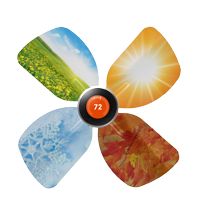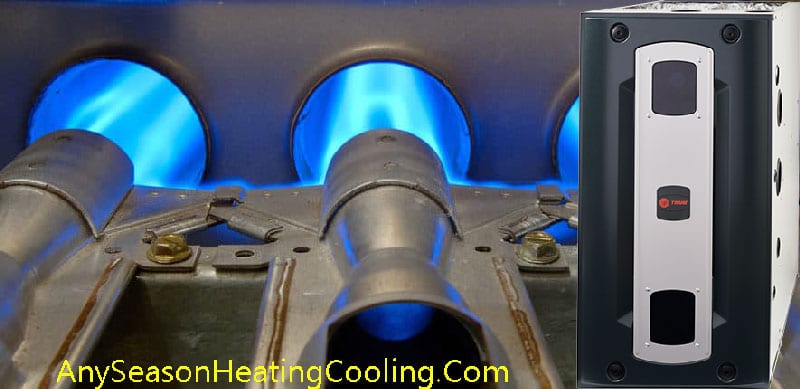Why is my Home Furnace Blowing Cold Air?
Your home furnace blowing cold air in winter time and need assistance? read our furnace maintenance tips or contact Any Season Heating & Cooling now if you live in the Chicagoland area.
A home furnace is a crucial appliance for keeping your home warm and comfortable, especially during the colder months.
However, if your furnace is blowing cold air, it can be a frustrating and potentially dangerous issue.
Any Season Heating & Cooling will explore the reasons why your home furnace may be blowing cold air and what you can do to fix the problem.
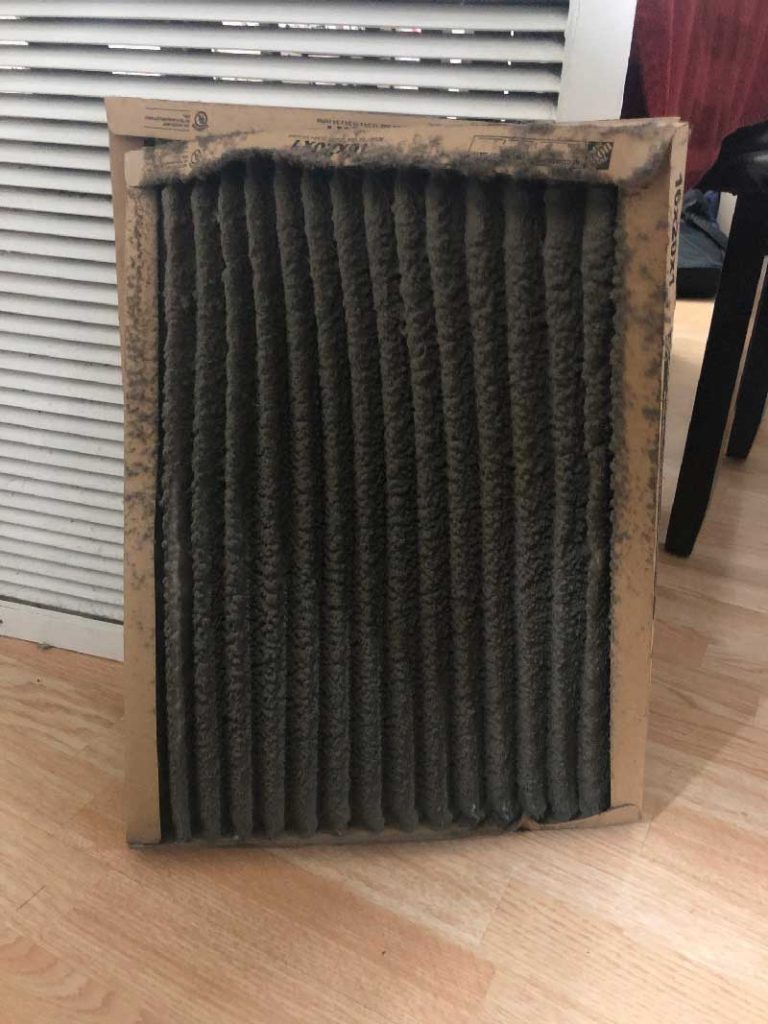
Dirty air filter
One of the most common causes of a furnace blowing cold air is a dirty air filter. Your furnace’s air filter removes dust, dirt, and other particles from the air before it is circulated through your home.
Over time, the filter can become clogged, reducing the flow of air and making it difficult for the furnace to heat your home effectively. If your air filter is dirty, it should be replaced immediately.
Thermostat problems
Your thermostat is the control center for your heating system. If your thermostat isn’t working correctly, it can cause your furnace to blow cold air.
Common thermostat problems include a dead battery, incorrect temperature settings, or a malfunctioning thermostat. If your thermostat isn’t working, you may need to replace it or have it repaired.
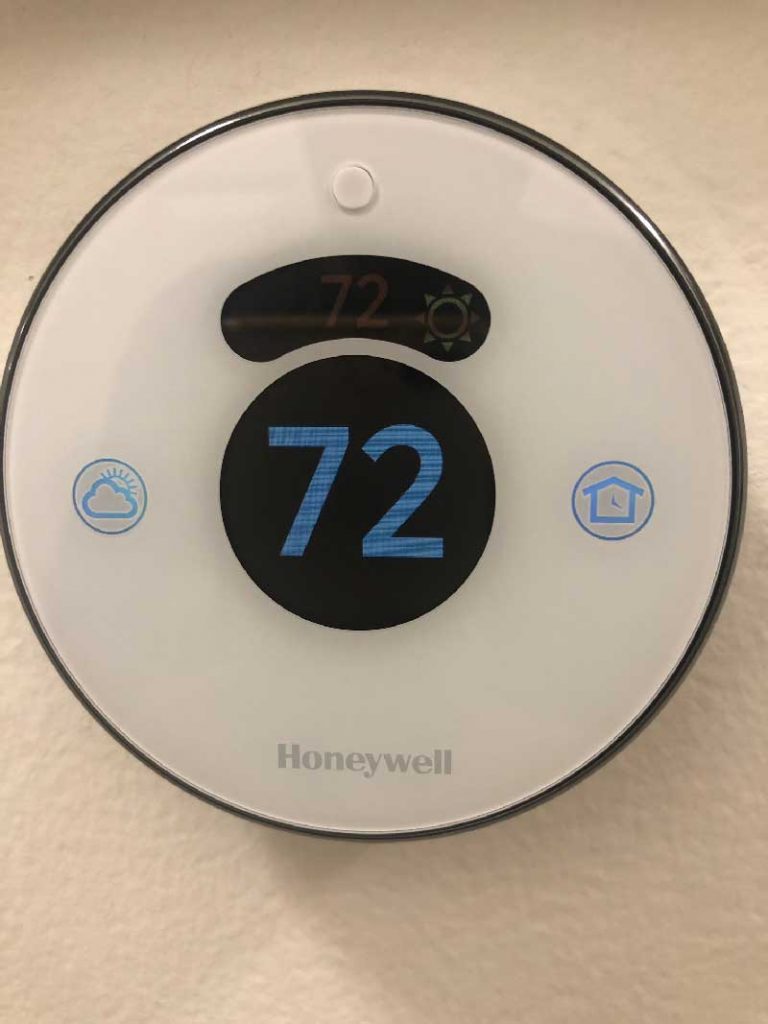
Blocked ducts
Blocked ducts can also cause your furnace to blow cold air. Dust, dirt, and other particles can build up in your ducts over time, reducing the flow of air and making it difficult for your furnace to heat your home.
If you suspect that your ducts are blocked, you should have them cleaned by a professional HVAC technician.
Ignition system problems
Your furnace’s ignition system is responsible for lighting the gas or oil that powers your furnace. If the ignition system isn’t working correctly, it can cause your furnace to blow cold air.
Common ignition system problems include a faulty flame sensor, a clogged pilot light, or a malfunctioning control board.
If you suspect that your ignition system is causing your furnace to blow cold air, you should have it repaired by a professional HVAC technician.
Broken blower motor
The blower motor is responsible for circulating air through your home. If your blower motor is broken, your furnace won’t be able to circulate warm air.
Common blower motor problems include a broken fan belt, a burned-out motor, or a malfunctioning control board.
If you suspect that your blower motor is causing your furnace to blow cold air, you should have it repaired or replaced by a professional HVAC technician.
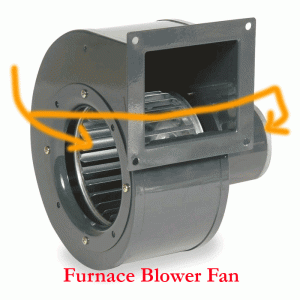
Clogged burners
The burners in your furnace are responsible for heating the air. If the burners are clogged, they can’t heat the air effectively, causing your furnace to blow cold air.
Common causes of clogged burners include a buildup of dust and debris or a malfunctioning control board.
If you suspect that your burners are clogged, you should have them cleaned by a professional HVAC technician.
DIY for Home Furnace Blowing Cold Air in Winter.
Finally, if your home furnace is blowing cold air, there are several potential causes, including a dirty air filter, thermostat problems, blocked ducts, ignition system problems, a broken blower motor, and clogged burners.
If you’re unable to fix the problem on your own, you should have your furnace inspected by a professional HVAC technician to determine the root cause of the issue and to ensure that it is repaired properly.
By following these steps, you can keep your home warm and comfortable throughout the colder months.
Feel free to contact Any Season Heating & Cooling for any issue with your HVAC system, we are available 24/7.
Follow Us on Social Media: Google Maps | Facebook | Twitter | LinkedIn | Facebook
